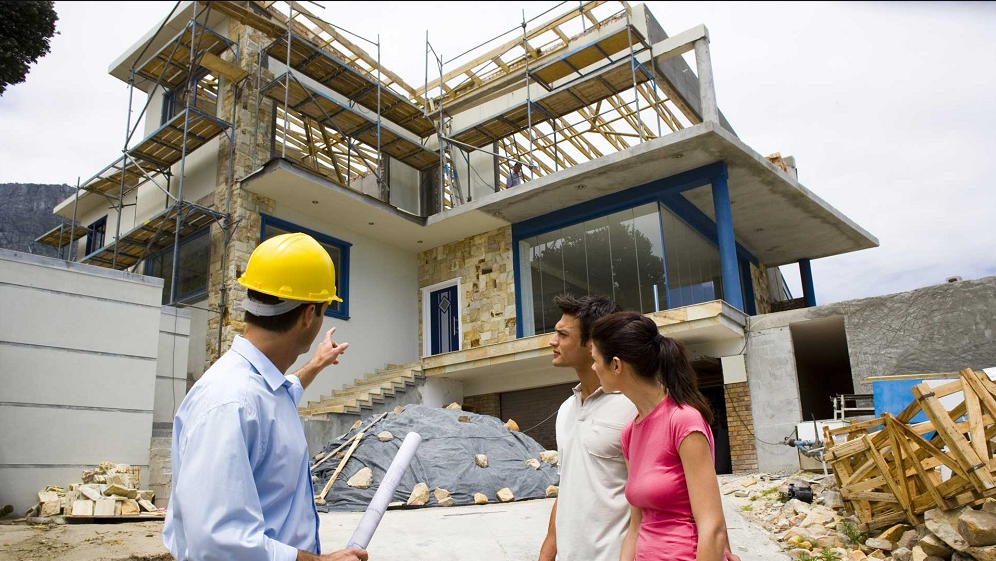From Blueprint to Reality: Key Steps in the Building and Construction Process
The process of turning blueprints into real buildings can be a complex and multifaceted affair. From constructing a residential home or office building to large infrastructure projects, it is necessary to follow a series of important steps to ensure your way is paved smoothly. Knowing and applying these crucial steps that run through every construction process at least offer a clear path and avenue of thought.
1.Planning and Design
The groundwork for any construction job, big or small, is thorough planning and solid design. This first stage involves laying out the depth, budget, and period of the project. Architects and designers collaborate with customers to make elaborate plans reflecting their needs and ultimate desires: architectural drawings; structural layouts that meet engineering specifications; and details of materials and finishes.
Feasibility studies and site assessments are also carried out at this stage, as zoning restrictions, environmental considerations or land conditions may present difficulties. Necessary permits and approvals should be sought in this respect as well, to ensure that the project meets any local regulations and standards.
2.Pre-Construction Preparation
Once final design has been completed and permission is obtained, pre-construction begins. This means selecting and hiring for contract construction firms, subcontractors as well as suppliers of materials. A detailed project plan is drawn up which includes the construction schedule, resources and budget.
Site preparation is another important aspect of this phase. It involves clearing the site, provisioning of temporary utilities and setting up access routes and compound areas. By seeing to it that the site is ready for building work, waits can be reduced and the construction process becomes more efficient.
3.Building
When the preconstruction phase is over, actual construction begins. This phase can be divided thus:
Foundation Work: The first step in construction is to lay the foundations which will provide the building’s structure and support. It involves excavation, forming and pouring of concrete or other foundation materials.
Stage 1: Structural Work
Construction of a building’s structural elements begins after the foundation has been laid. This entails not only erection of steel frames but also building walls, laying floors and roofs and so forth. Specifically the purpose of this stage is to form the skeleton of the building and make sure its structural integrity satisfies standards for buildings.
Stage 2: Building the Building Envelop
With the skeleton of the building in place, work turns to the building envelope. This generally involves installing windows, doors and any necessary exterior claddi With weatherproofing also always a part of this phase to protect against the elements
Stage 3: Interior Work
With the exterior of the building finished, attention shifts insid This includes installing electrical systems, plumbing, insulation, drywall and interior finishes such as flooring, paint and millwork.
4. Inspection and Quality Control
Regular inspections and quality control are integral parts of the construction process to make sure that each job — from beginning to end– meets required standards and specifications. Building inspections and project manager checks are necessary for this purpose.
Revere control also consists of evaluating underpinning and materials used together with workmanship: Is there any deviation from what was planned? Corrections to maintain the integrity and safety of the building are made as needed.
5. Finalization and Handover
After everything is finally done, the last step in any project involves finishing up loose ends like landscaping cleaning and final inspectio The project is then handed off to the customer.
We conduct an overall review to make sure that every part of the building meets the client’s expectations. We provide the client with any gear he needs for this project as well as such documents as warranties, maintenance instructions and as-built drawings.
Conclusion
Building a blueprint into a reality. From the initial planning and design to final handover, every step of this construction process is crucial By realizing these important stages construction professionals and clients can better collaborate, meaning projects are finished on schedule in terms which are to their satisfaction, at reasonable cost and first-class quality standards.









